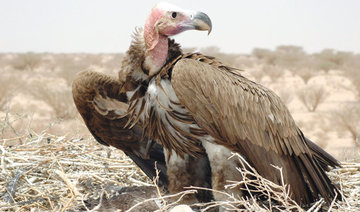JEDDAH: The Saudi Wildlife Authority (SWA) has offered visitors to the 12th Souq Okaz festival the opportunity to be introduced to the Kingdom’s diverse wildlife and the resettlement of endangered species in reserves.
SWA has turned an area of the festival’s grounds into a mini-reserve for the Arabian oryx, which can survive the driest climates and most arid regions in the Arabian peninsula, explaining how it can be saved from extinction using the captive-reproduction method before resettling the species in its natural habitat.
The Arabian oryx featured at Souq Okaz can adapt well to hot climates found in deserts, semi-deserts, dry-grass plains and meadows, and areas of rocky slopes.
The white, wide-eyed animal is considered a bovid and a desert antelope.
In the mini-reserve, there is also an ostrich. The number of ostriches has grown inside reserves, owing to the improved environmental and climatic conditions as well as the management of wild ostrich groups.
Through photos and documentary films, SWA has also introduced the festival’s visitors to other animal species it seeks to save, including the houbara bustard, which lives in open arid areas. Overhunting causes the species’ declining number and the worsening of its natural habitat is due to overgrazing and agricultural development.
The Arabian leopard, the most common wildcat species still spread in mountainous areas, was also featured alongside several endangered Accipitriformes.
SWA has provided its corner’s visitors with information on the first studies conducted in several reserves through monitoring vegetation, which has grown steadily, encouraging SWA to move forward with its resettlement program, in addition to providing information on protecting animals inside reserves by surrounding them with fences to monitor their adaptation before releasing them into the wild.
SWA’s participation in this year’s Souq Okaz festival is in line with the recently issued royal order to establish a council of royal reserves as part of King Salman’s keenness to preserve the natural environment, vegetation, and wildlife, to promote ecotourism, limit hunting and overgrazing, to prevent forest erosion, and to ensure the enjoyment of natural reserves based on the regulations governing them.
Souq Okaz visitors are introduced to Saudi wildlife
Souq Okaz visitors are introduced to Saudi wildlife

- The number of ostriches has grown inside reserves, owing to the improved environmental and climatic conditions as well as the management of wild ostrich groups
- The Arabian leopard, the most common wildcat species still spread in mountainous areas, was also featured alongside several endangered Accipitriformes
King Faisal Prize announces winners for 2025

- KSU professors, Canadian and Japanese scientists achieving breakthroughs in cellular therapy and carbon nanotubes win coveted prize
- Selection committees held meetings at King Faisal Prize headquarters to select winners in Islamic studies, Arabic language and literature, medicine, and science
RIYADH: The King Faisal Prize 2025 laureates were announced at a ceremony in Riyadh on Wednesday night.
Two King Saud University professors, a Canadian scientist who achieved a breakthrough in cellular therapy and a Japanese scientist doing pioneering work in carbon nanotubes were winners of the most coveted prize in the Arab world.
Announcing the KFP 2025 winners, Dr. Abdulaziz Alsebail, secretary-general of the King Faisal Prize said: “The selection committees of the King Faisal Prize 2025, after meticulous deliberations that were held from Monday to Wednesday, have reached decisions for the prize’s four categories: Islamic studies, Arabic language and literature, medicine, and science. As for the fifth category, the King Faisal Prize for Service to Islam, the announcement will be made at the end of this month.”
The King Faisal Prize for Islamic Studies for 2025 (Topic: Studies of Archaeology in the Arabian Peninsula), was awarded jointly to Professor Saad Abdulaziz Alrashid and Professor Said Faiz Alsaid. Both are Saudi nationals and professors at King Saud University.
Alrashid was awarded the prize for his contribution to the study of Islamic archaeological sites and inscriptions of the Arabian Peninsula, which laid the scientific and methodological groundwork for scholars in this field.
His work has enriched scientific knowledge about Islamic civilization and has become an empirical source for future generations of researchers.
Alsaid was awarded the prize for the originality of his scientific studies, which are based on rich literature and published in several languages. His adaptation of a comparative methodology in studies of inscriptions and ancient writings of the Arabian Peninsula has had a profound impact on understanding the history of the Arabian Peninsula’s civilizations before Islam.
His studies are an important scientific reference for scholars of the history of the Arabian Peninsula and the ancient Near East.
The King Faisal Prize for Arabic Language and Literature (Topic: Studies of Identity in Arabic Literature), was withheld due to the nominated works not reaching the criteria for the prize.
The King Faisal Prize for Medicine (Topic: Cellular Therapy), has been awarded to Michel Sadelain (Canada), Stephen and Barbara Friedman chair and director, Center for Cell Engineering at Memorial Sloan Kettering Cancer Center.
Sadelain has been awarded the prize for his pioneering work in cellular therapy, and in particular for the genetic engineering of immune cells with “chimeric antigen receptors” (CAR-T).
Dr. Sadelain led the team that designed and tested clinically effective and novel CAR-T agents for the treatment of blood cancers.
His group identified CD19 as an effective CAR target and included a CD28 domain in the CAR construct, resulting in strikingly effective clinical responses.
Dr. Sadelain continues to improve CAR-T cell efficacy by devising strategies to overcome treatment resistance. This approach also shows promise in the treatment of autoimmune diseases and solid tumors.
The King Faisal Prize for Science for this year was awarded in physics to Sumio Iijima, a
professor at Meijo University, Japan.
Iijima has been awarded the prize for establishing the field of carbon nanotubes, following his pioneering discovery of carbon nanotubes using electron microscopy. This new class of one-dimensional carbon materials has had a powerful impact on fundamental solid-state physics and material science.
His work has opened new avenues for developing wide-ranging, practical applications in nanotechnology, ranging from electronics to energy storage systems and biomedicine.
The General Secretariat of the King Faisal Prize commended the 2025 laureates and offered thanks to the distinguished members of the selection committees and the experts for their valued contributions.
The selection committees for the prize’s four categories — Islamic studies, Arabic language and literature, medicine, and science — convened at the prize’s headquarters from Monday to Wednesday.
The selection committees included prominent experts, scholars and specialists from 16 countries.
The KFP was established in 1977, and was awarded for the first time in 1979 in three categories — service to Islam, Islamic studies, and Arabic language and literature. Two additional categories were introduced in 1981 — medicine and science. The first medicine prize was awarded in 1982, and in science two years later.
Since 1979, the KFP in its different categories has awarded about 300 laureates to those who have made distinguished contributions to different sciences and causes.
Each prize laureate is endowed with $200,000, a 24-carat gold medal weighing 200 grams, and a certificate inscribed with the laureate’s name and a summary of the work that qualified them for the prize.
Warning of thunderstorms and flash floods in Saudi Arabia for next 4 days

RIYADH: Residents of Saudi Arabia were warned on Wednesday that the country could be hit by thunderstorms and flash floods between now and Sunday.
The General Directorate of Civil Defense advised people to remain sheltered and stay away from canyons.
Many regions can expect medium-to-heavy rain, hail or strong gusts of wind, with a high risk of flooding. Forecasters predict Riyadh, Jeddah, Al-Baha, Asir and Jazan will be among the affected regions, the Saudi Press Agency reported.
Riyadh’s literary havens: Where coffee meets the love of books

- City’s book cafes offer serene spaces for quiet reflection
- Carefully curated selections of Arabic and English titles on offer
RIYADH: Riyadh’s cultural landscape is undergoing a quiet transformation, where the love of coffee meets the timeless allure of literature.
Book cafes are carving out a niche as spaces where readers, thinkers, and coffee enthusiasts converge.
These havens of creativity and reflection offer retreats for the mind and soul, providing a sense of community in an increasingly fast-paced world.

The Book Club: Where stories find their home
Nestled in the Al-Yasmin district, The Book Club is a tranquil retreat for bibliophiles, particularly those passionate about Arabic literature.
Its shelves brim with carefully curated Arabic titles, from classics to contemporary gems, complemented by a modest selection of English books.
HIGHLIGHTS
• In Riyadh’s Al-Narjis district, Wathbah Coffee and Book’s floor-to-ceiling bookshelves, vintage-inspired decor, and intimate corners create a haven for readers and thinkers alike.
• Coffee Trees, tucked away in the Al-Rayan district, offers a sanctuary that blends greenery with literary charm.
The minimalist interior, adorned with soft lighting and intimate reading nooks, creates an atmosphere conducive to focus and relaxation.
What sets The Book Club apart is its browsing policy. Visitors are welcome to skim books for three minutes before deciding to purchase, with additional purchases granting extended reading time.
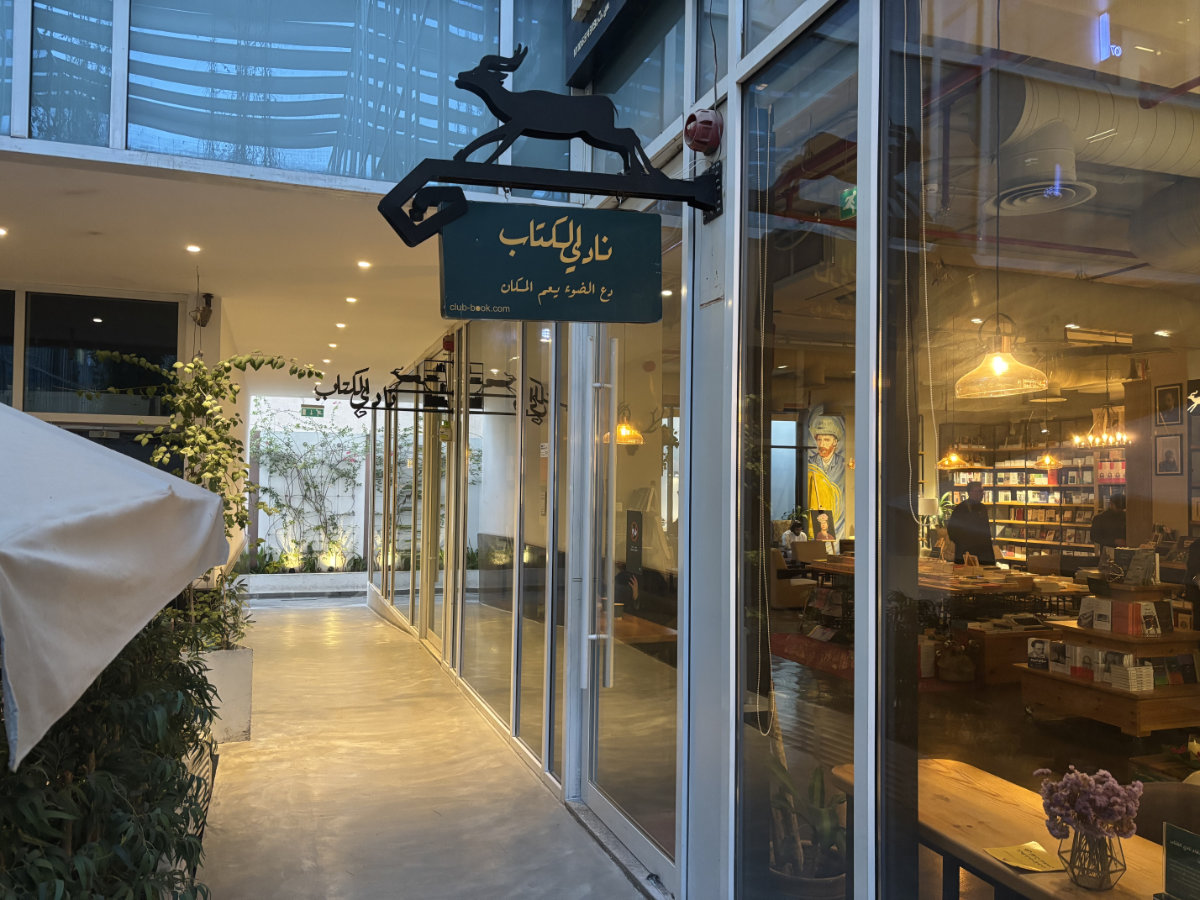
During Arab News’ visit, the cafe hosted a stimulating talk with Saad Al-Bazai, titled, “Historical Fiction: Why Do They Believe in the Imagined?”
Al-Bazai told Arab News: “These gatherings bring together a diverse audience and provide them with the opportunity to meet researchers.
“This undoubtedly supports cultural life as it creates a platform for dialogue that differs from social media platforms — it is vibrant, direct, and involves personal presence.”
Sophia: A library, a cafe, and a place to connect
Sophia has become a cornerstone of Riyadh’s literary scene, acting as a hub for knowledge, creativity, and meaningful connections.
Its towering wooden shelves are filled with a rich collection of Arabic and English books, carefully curated to cater to a diverse audience.
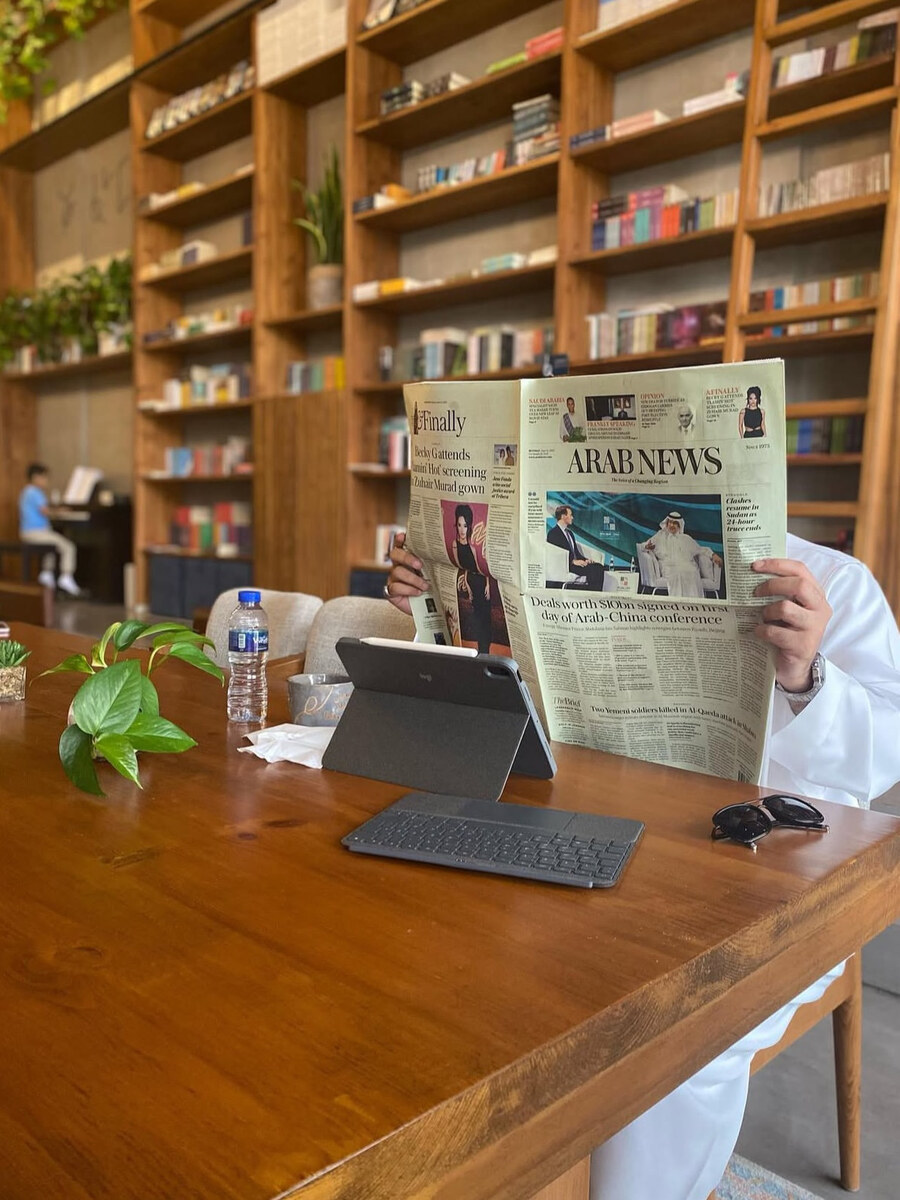
Beyond being a library, Sophia also serves as a publishing house, amplifying the voices of local and regional authors, bringing their stories to the forefront.
What sets Sophia apart is its dedication to fostering intellectual growth and cultural exchange.
The space regularly hosts book launches, discussion panels, and thought-provoking dialogue sessions that bring together writers, readers, and thinkers from various backgrounds.
The inviting ambiance, complete with warm lighting and cozy seating, creates the perfect backdrop for these events, making each visit an enriching experience.
Aminah Al-Hassani, a loyal visitor, captured the essence of Sophia. She said: “The place is calm and serene, and it has never let me down with a bad book.
“Every book I’ve read here has been better than the last. Their selections are beautiful, and the events they organize are always beneficial and enjoyable.”
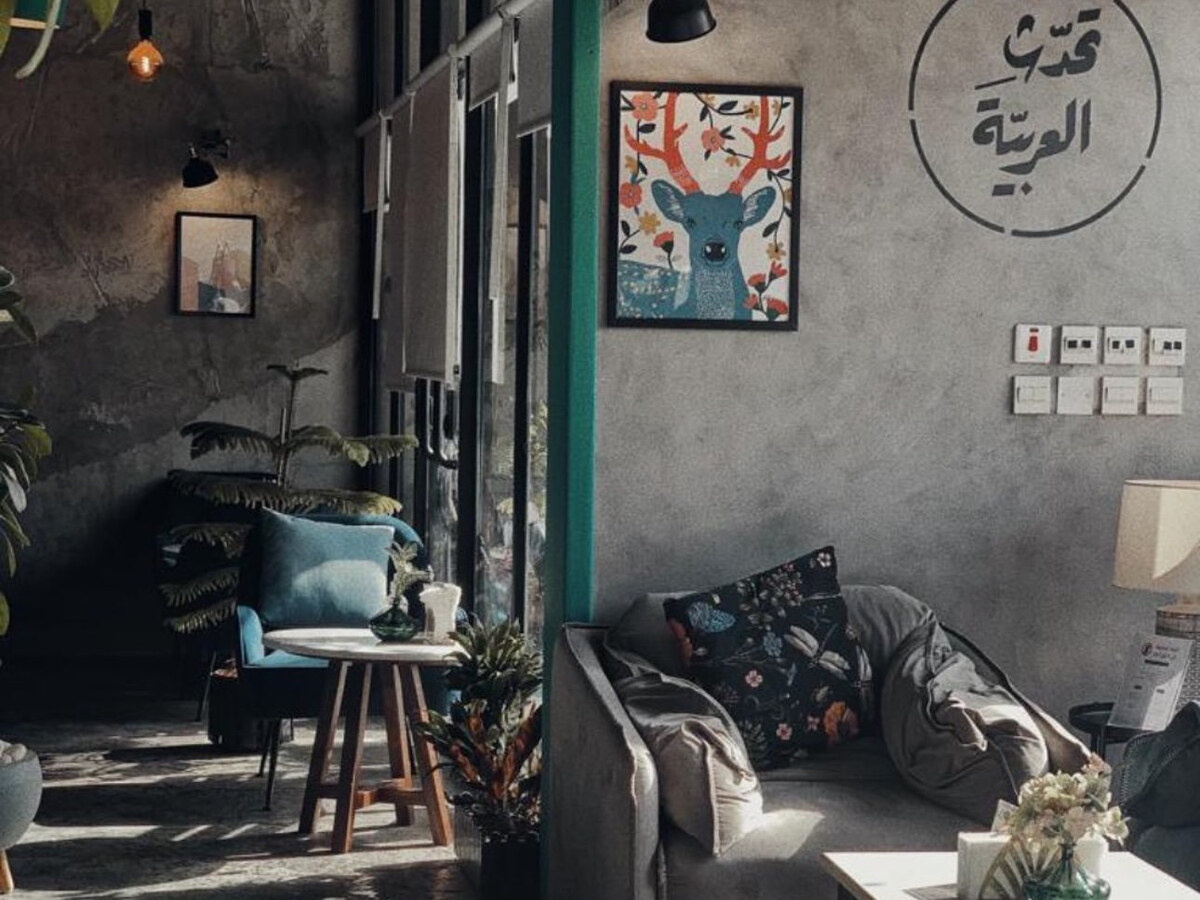
Coffee Trees: A green sanctuary
Coffee Trees, tucked away in the Al-Rayan district, offers a sanctuary that blends greenery with literary charm. The cafe’s lush decor, accentuated by vibrant plants and natural elements, transforms the space into a botanical retreat.
Though its library is modest, the curated selection of books is perfectly aligned with the cafe’s serene ambiance.
Patrons often find themselves lost in thought or pages, surrounded by the aroma of ethically sourced, expertly brewed coffee.
Whether it’s the tranquil environment or the commitment to sustainability, Coffee Trees is a favorite escape for those seeking a moment of calm in the city.
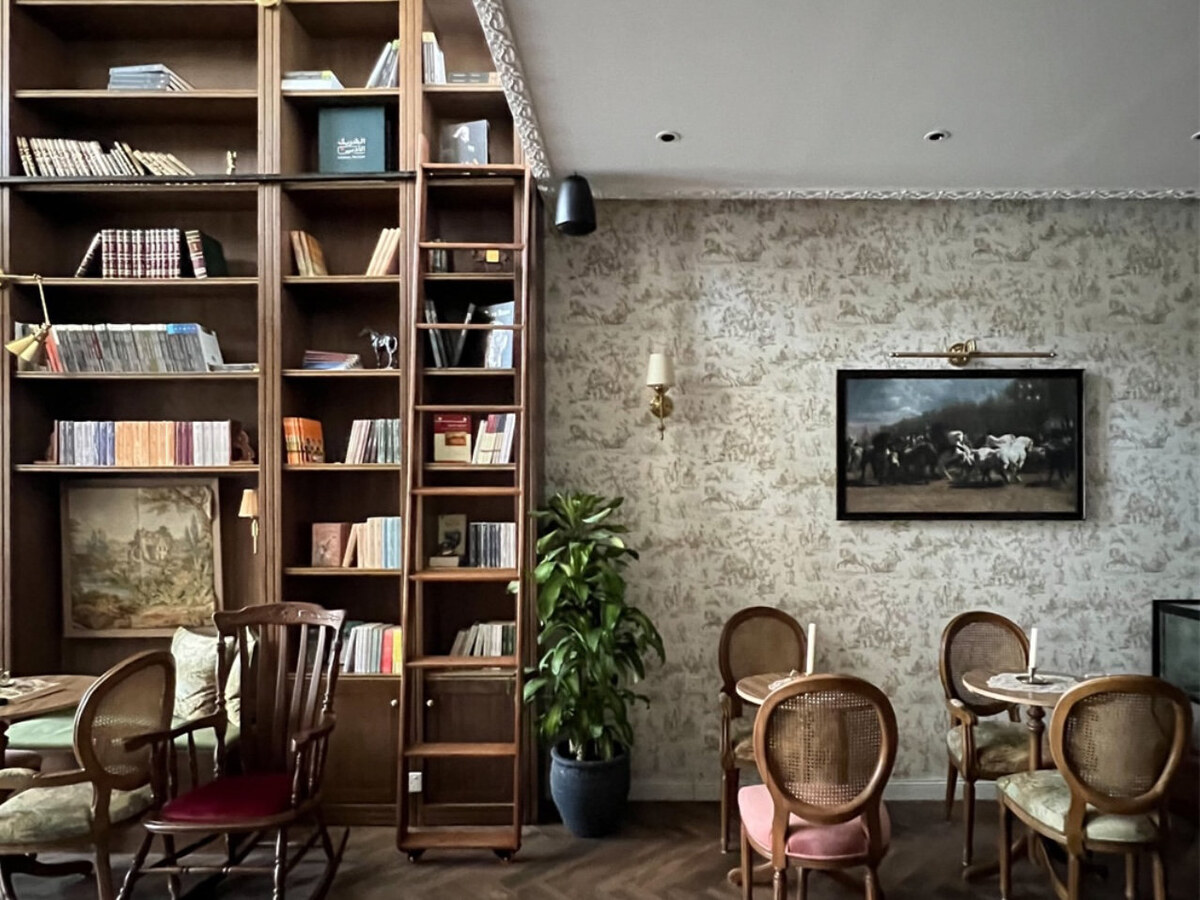
Wathbah Coffee & Book: Where timeless charm meets literature
In Al-Narjis district, Wathbah Coffee & Book exudes intellectual allure. Its floor-to-ceiling bookshelves, vintage-inspired decor, and intimate corners create a haven for readers and thinkers alike.
The carefully selected collection spans genres and eras, ensuring there’s something for everyone.
Wathbah’s ambiance is perfect for quiet reading, reflective conversations, or simply soaking in its aesthetic beauty.
As Sara Al-Ebraheem, a loyal patron, said: “There’s a certain magic in time spent in the company of good books, with a perfectly brewed coffee.”
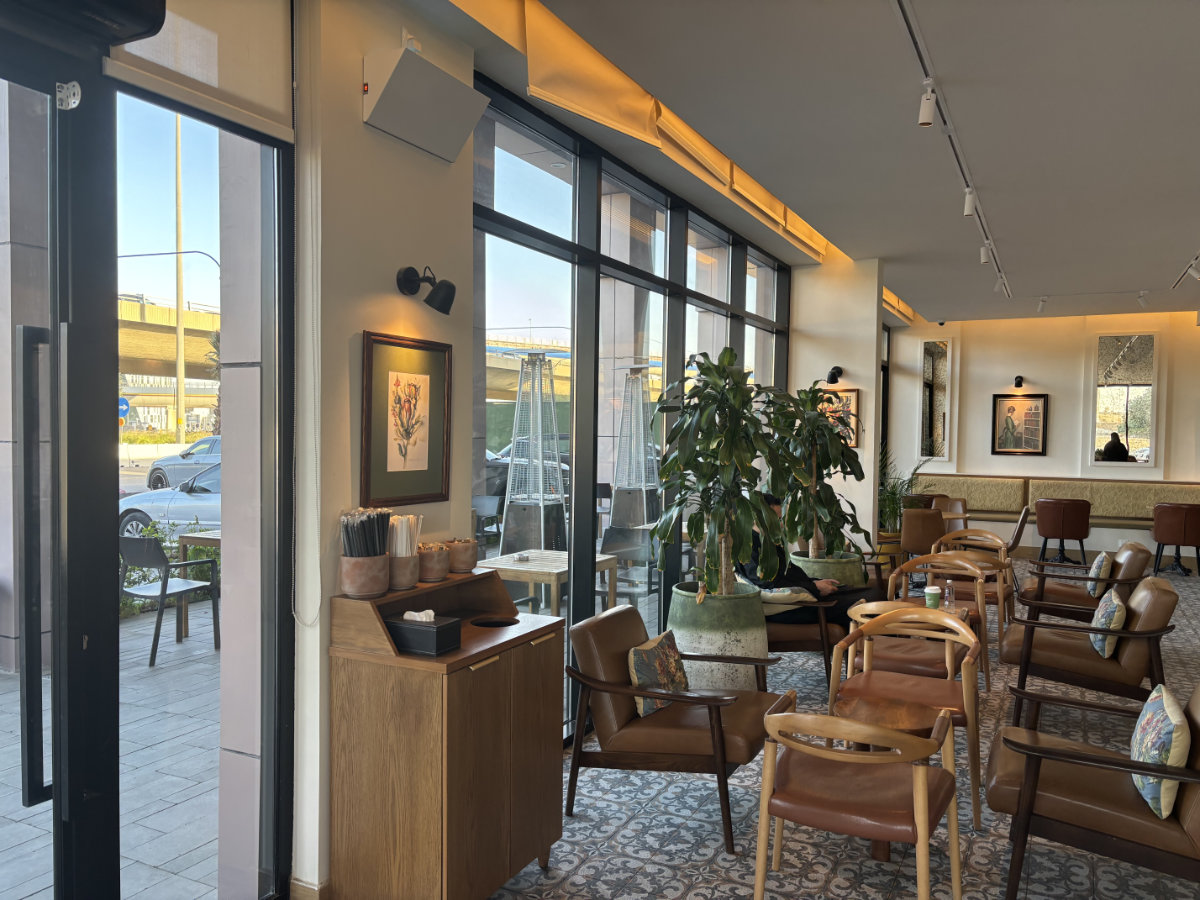
Ons Coffee Roasters: Where simplicity meets serenity
Ons Coffee Roasters offers a minimalist haven for those who crave peace and simplicity. Its clean design, complemented by tasteful art and cozy seating, creates a calm environment perfect for unwinding.
While its library may be small, the books displayed are thoughtfully chosen to inspire reflection and curiosity.
Ons Coffee Roasters is as much about quality as it is about serenity. Its expertly brewed coffee elevates the experience, making it an ideal retreat for anyone seeking a quiet corner in Riyadh.
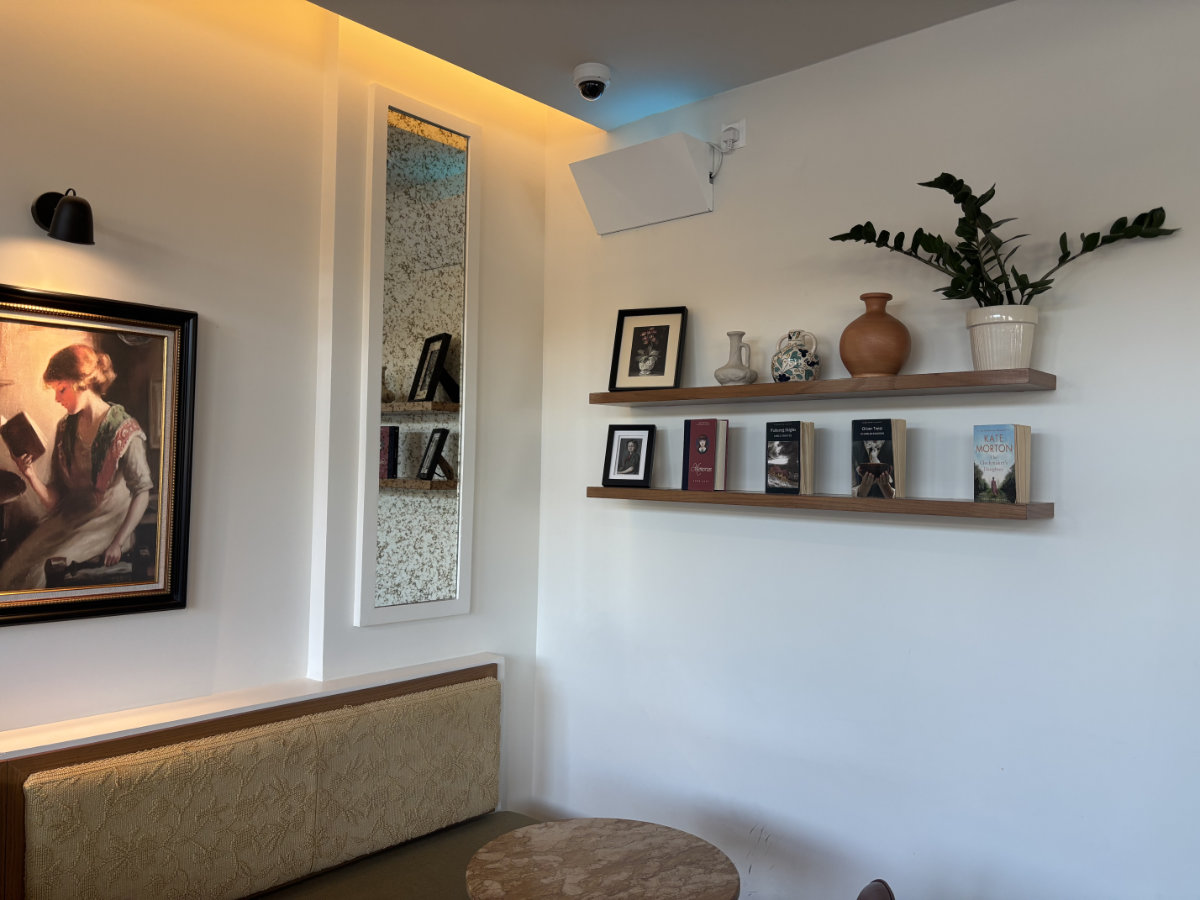
A cultural renaissance in Riyadh
The emerging popularity of book cafes is providing spaces where literature, art, and community thrive. The cafes cater to a growing audience of residents and visitors who value meaningful connections in an increasingly digital world.
Saudi Arabia condemns ‘greater Israel’ map

RIYADH: Saudi Arabia condemned and rejected on Wednesday an Israeli map that claimed Jordanian, Syrian and Lebanese territories as part of so-called “greater Israel.”
The Kingdom stressed that such extremist allegations demonstrated Israeli intentions to consolidate its occupation, continue blatant attacks on the sovereignty of states, and violate international laws and norms.
The Kingdom’s foreign ministry renewed its call for the international community to play its role in stopping Israeli violations against countries and peoples of the region.
The ministry stressed the need to respect the sovereignty of states and their borders to limit the exacerbation of the region’s crises.
Palestine and Jordan condemned the map on Tuesday.
Saudi officials meet Egyptian, Greek ambassadors in Riyadh

RIYADH: Riyadh Gov. Prince Faisal bin Bandar received Egyptian Ambassador Ahmed Farouk Tawfik in Riyadh on Wednesday.
The meeting marked the conclusion of Tawfik’s tenure as ambassador to Saudi Arabia, reported the Saudi Press Agency.
Prince Faisal expressed his gratitude for the ambassador’s efforts during his service and wished him success in his future endeavors.
Meanwhile, Saudi Deputy Minister for Political Affairs Saud Al-Sati met with Greek Ambassador Alexis Konstantopoulos in Riyadh. The two men discussed bilateral relations and topics of common concern, said the Foreign Ministry on X.






